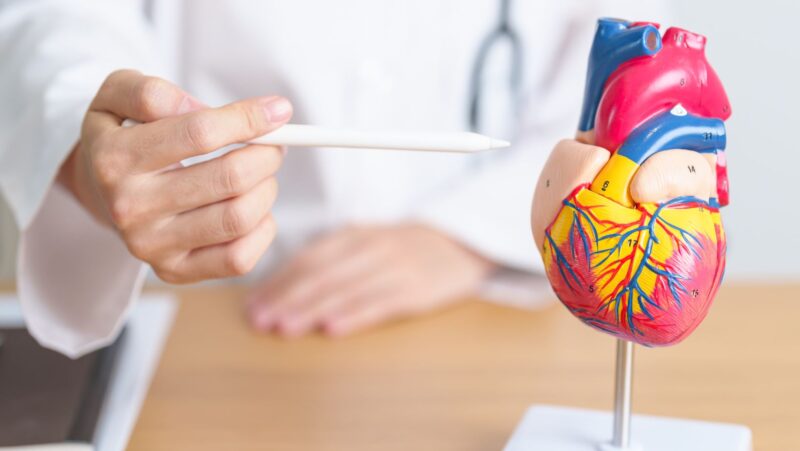
Over the years, the field of orthopedics has experienced a wave of technological advancements and innovations, all with the objective of improving patient outcomes. One of the most transformative technologies to emerge in recent years is 3D printing. This revolutionary technique has drastically changed the landscape of orthopedics, specifically in the areas of prosthetics and implants.
In this blog post, we’ll delve into three unique ways that 3D printing is influencing the orthopedic industry and improving the lives of patients around the world.
1. Personalized Prosthetics
The first impactful change brought by 3D printing in orthopedics is seen in any orthopedic clinic, where it has revolutionized the process of creating prosthetics.
Traditionally, patients had to settle for off-the-shelf prosthetic limbs, which often had issues with fit and comfort due to the one-size-fits-all approach. This led to an increased risk of discomfort, skin irritation, and even injury in some cases.
With the advent of 3D printing technology, orthopedic clinics are now able to provide custom-tailored prosthetics that perfectly fit each patient’s unique body shape and size. By utilizing patient-specific scans, 3D printers can create a prosthetic that offers an unparalleled fit and increased comfort. These personalized prosthetics not only boost the patient’s mobility and functionality but also greatly enhance their confidence and quality of life.
2. Enhanced Bone Implants
The second area where 3D printing is making a significant impact is bone implants. Traditional bone implants are often made from metal or plastic and come with their own set of challenges, such as possible infection, implant failure, or the body rejecting a foreign object.
With 3D printing, orthopedic surgeons can now create implants that are structured similarly to natural bone, allowing for better integration with the patient’s body. Moreover, these implants can be custom-fitted to match the patient’s specific anatomy, providing a more seamless and natural fit.
The real game-changer here, however, is the ability to create bioactive implants. Using a combination of 3D printing and bioactive materials, surgeons can create implants that not only match the shape and structure of the natural bone but also encourage bone growth around the implant. This results in faster recovery times and improved long-term outcomes for patients.
3. Preoperative Planning
3D printing technology is changing not only the products used in orthopedics but also the surgical process itself. Surgeons can now use 3D-printed models of a patient’s anatomy to plan their procedures. This enables a better understanding of the patient’s unique structure and potential challenges that may arise during the operation.
These accurate, patient-specific models can be used for surgical rehearsals, allowing surgeons to practice the procedure ahead of time and be more prepared for the actual surgery. This can reduce the time spent in the operating room, decrease the risk of complications, and result in better surgical outcomes.
In Conclusion
3D printing is revolutionizing the world of orthopedics in numerous ways. From the orthopedic clinic, where it provides personalized prosthetics to patients, to the operating room, where it aids in preoperative planning and the creation of more effective bone implants, 3D printing is proving to be an invaluable asset in the field.
While we have already seen a significant impact of this technology on prosthetics and implants, we are only at the tip of the iceberg. As 3D printing technology continues to advance, its potential applications in orthopedics are virtually limitless.














